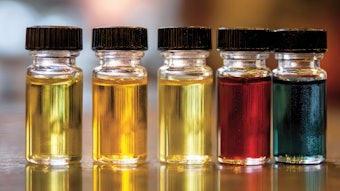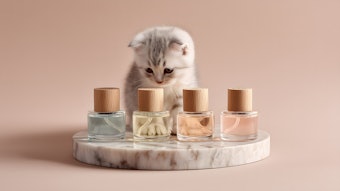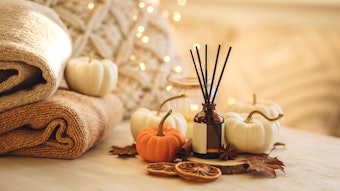Much has been written about the great classic ingredients that dot the palettes of perfumers and fl avorists. Surprisingly, however, there are few references to an extraordinary essential oil, davana (Artemisia pallens). Its history in the industry is short; fi rst distillations were reportedly conducted in India in the fi rst half of the 20th century, yet it was not until 1970 that exports from India started intensifying, and not until 1985 did davana become a household name marketed to fragrance consumers with the launch of Davana by Franka M. Berger.1 Today, davana remains a smallvolume essential oil; the 2010–2011 crop period yielded production of 4,000 kg, according to estimates by Kancor Ingredients. Despite this, the essential oil has earned a special place in perfumers’ and fl avorists’ palettes, particularly in the United States and Japan, where it is a fl avor ingredient for bakery, tobacco and beverage applications.2
Cultivation
Davana (A. pallens) is an annual branched herb. The plant grows knee-high and looks much like a small fern. It is most fragrant at maturity, when it produces tiny fl owers that are rich in essential oils. India is the sole source of A. pallens. The crop occurs in its southern tier, Tamil Nadu and Karnataka, with the outskirts of Bangalore producing the largest volumes. Davana does grow well in various types of soil, but does best in the sandy or red loamy soils of south India. It thrives in nutrient-rich black loam with good drainage.










